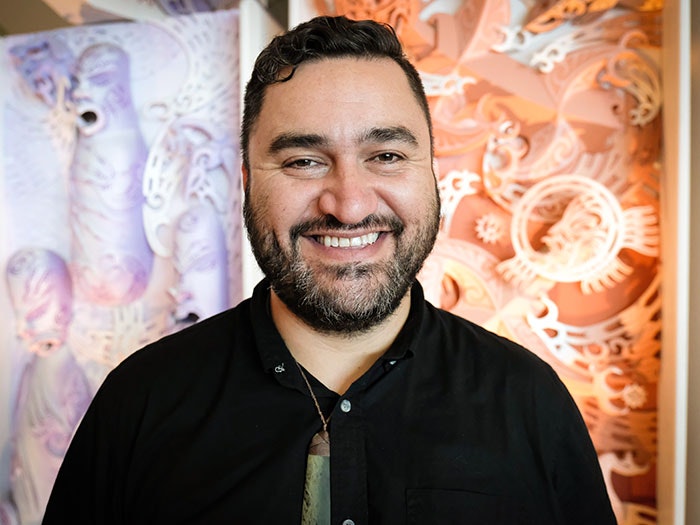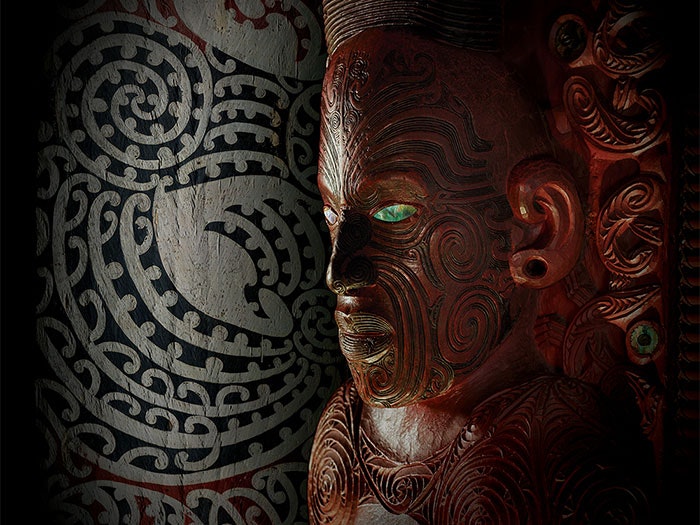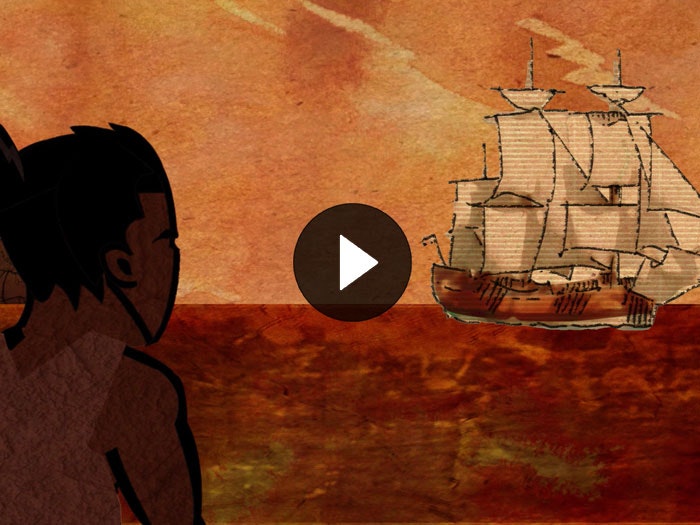
Artist interview: Tama Waipara, musician
Tama Waipara created the soundscape ‘Te Ripo’ for our latest iwi exhibition, Ko Rongowhakaata: The Story of Light and Shadow.
Free museum entry for New Zealanders and people living in New Zealand
Open every day 10am-6pm
(except Christmas Day)
Free museum entry for New Zealanders and people living in New Zealand
Zak Waipara created the animated film Tiwha, Tiwha Te Pō | Dark, Dark is the Night for our latest iwi exhibition, Ko Rongowhakaata: The Story of Light and Shadow.
Being Rongowhakaata means I belong to the Tūranga-nui-a-Kiwa rohe, it gives me my tribal identity connecting me to an immense whānau. It tells me who I am and where I am from. This sense of belonging is the ground I stand upon as Māori.
I know that the Rongowhakaata artists were famed for their skill and creativity. I feel inspired by my artistic forebears and I owe a debt to them. Additionally, I feel compelled to do my best artistically to live up to the high standards they have set. I would like to be able to tell the stories of my people through my craft.
Zak Waipara, 2017. Photograph by Daniel Crichton-Rouse. Te Papa
I was asked to create a two-minute animated narrative piece depicting the first meeting between Cook and the Rongowhakaata people. The short timeframe means that in this sense it is an artistic impression of the calamitous first encounter, rather than a non-fiction documentary piece.
Taking inspiration from the larger exhibition, I have used light and shadow (and distinct colour palettes) to help set apart the different scenes and time periods being covered. As a way to make the digital feel more handmade, I integrated textural elements to evoke a tactile response to the work.
It was shocking to learn how many lives were lost so casually.
My surname, Waipara, which I carry, commemorates a significant event from our past. After an attack, our tupuna had to gather the remains of the deceased, and clean them. Our family name comes from this historical act.
I see the phrase as making reference to the primal states of creation from pūrākau Māori, te pō, and te ao, which can themselves be used as metaphors for the creative states artists must work through.
To me it also brings to mind famed Rongowhakaata chief and artist, Raharuhi Rukupō.
It is a real privilege to be asked to contribute to and represent Rongowhakaata via this exhibition.
Watch Tiwha, Tiwha Te Pō | Dark, Dark is the Night:

Tama Waipara created the soundscape ‘Te Ripo’ for our latest iwi exhibition, Ko Rongowhakaata: The Story of Light and Shadow.

Explore the land, people, and stories of Rongowhakaata, an iwi whose unique art reflects their innate creativity, rich history, and innovative spirit.
Closed
29 Sep 2017 – 3 Feb 2022
Exhibition Ngā whakaaturanga

English explorer James Cook’s visit to Tūranga is marked by suspicion, violence, and misunderstanding. Endeavour crew kill four Tūranga people. Nobody is held to account for the deaths.